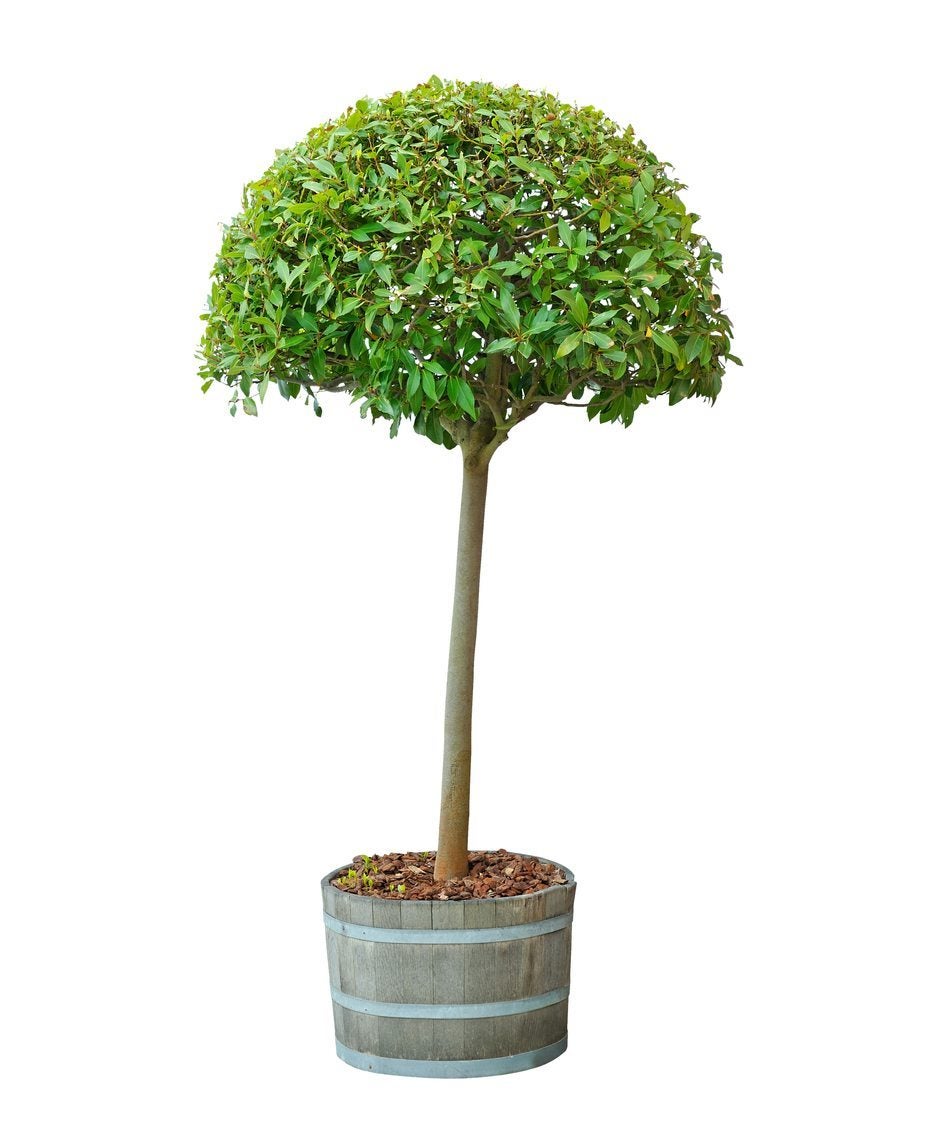Training Standard Plants – How Can You Make A Plant Into A Standard


In the realm of gardening, a “standard” is a plant with a bare trunk and a rounded canopy. It looks a little like a lollipop. You can buy standard plants, but they are very expensive. However, it’s fun to start training standard plants yourself.
Standard Plant Guidelines
Can you make a plant into a standard? Yes, you can as long as you learn the basics of standard plant training. Training shrubs to a standard plant shape is a formal way of growing ornamental shrubs. The idea of standard plant training is to bring the bulk of the ornamental growth into the line of vision, most commonly by creating balls on sticks. Not every plant can get standard plant training. Only certain plants can be trained in this way, but others can be top grafted to the same effect. Doing your own standard plant pruning is less expensive than buying a standard.
How Can You Make a Plant into a Standard?
You can train some plants into standards, but not all. Common plants that are suitable for training in this manner include:
How can you make a plant into a standard? You start by selecting a plant about 10 inches (25 cm.) tall with a straight stem. Remove all leaves on the lower part of the plant but leave shoots that emerge up from the stem. Stake the stem to keep it straight and continue removing all shoots that emerge on the sides of the stem. Leaves and shoots on the top will emerge and grow longer. Irrigate the plant whenever the top of the soil begins to dry. Every two weeks, add a water-soluble fertilizer. Once the plant reaches the desired height, snip off the terminal bud from the main stem. Keep any side shoots on the top one-third of the main stem. Clip them when they are a few inches (8 cm.) long. Repeat this until your plant has a thick, ball-shaped growth of branches atop the plant's stem.
Sign up for the Gardening Know How newsletter today and receive a free copy of our e-book "How to Grow Delicious Tomatoes".

Teo Spengler is a master gardener and a docent at the San Francisco Botanical Garden, where she hosts public tours. She has studied horticulture and written about nature, trees, plants, and gardening for more than two decades, following a career as an attorney and legal writer. Her extended family includes some 30 houseplants and hundreds of outdoor plants, including 250 trees, which are her main passion. Spengler currently splits her life between San Francisco and the French Basque Country, though she was raised in Alaska, giving her experience of gardening in a range of climates.